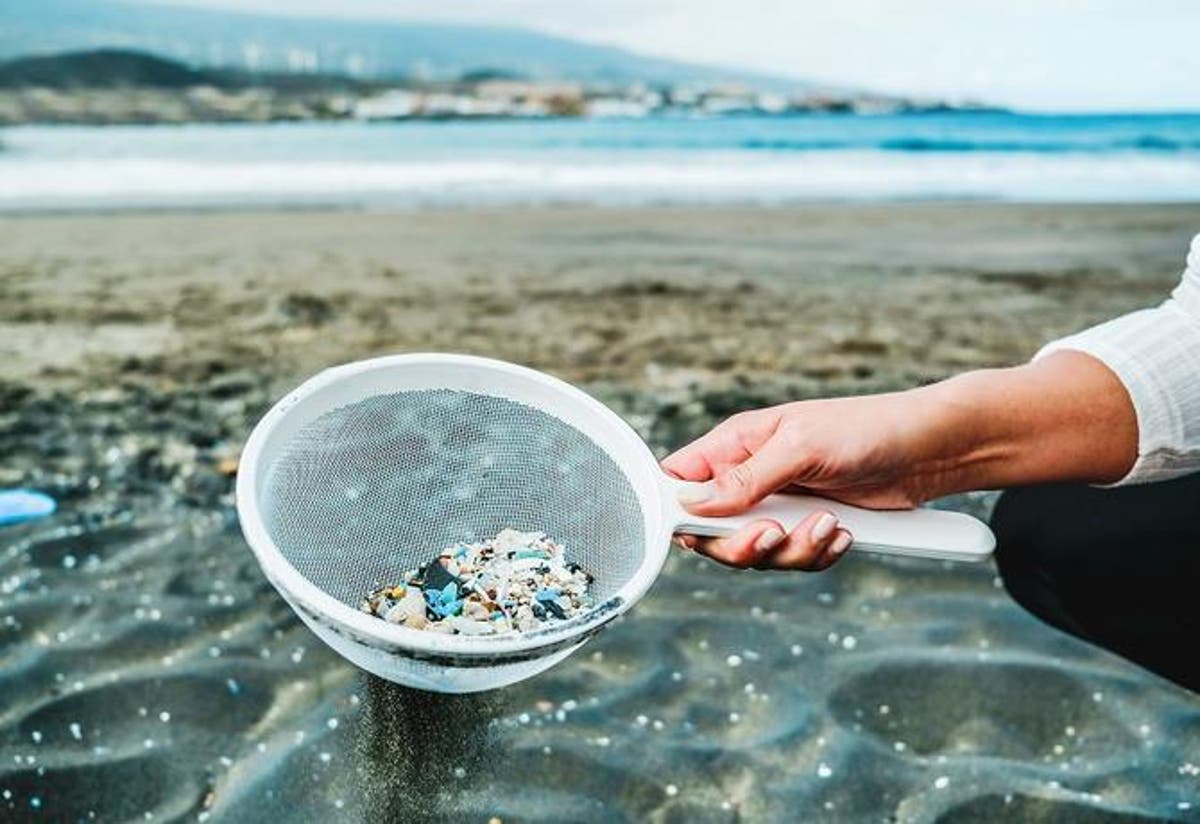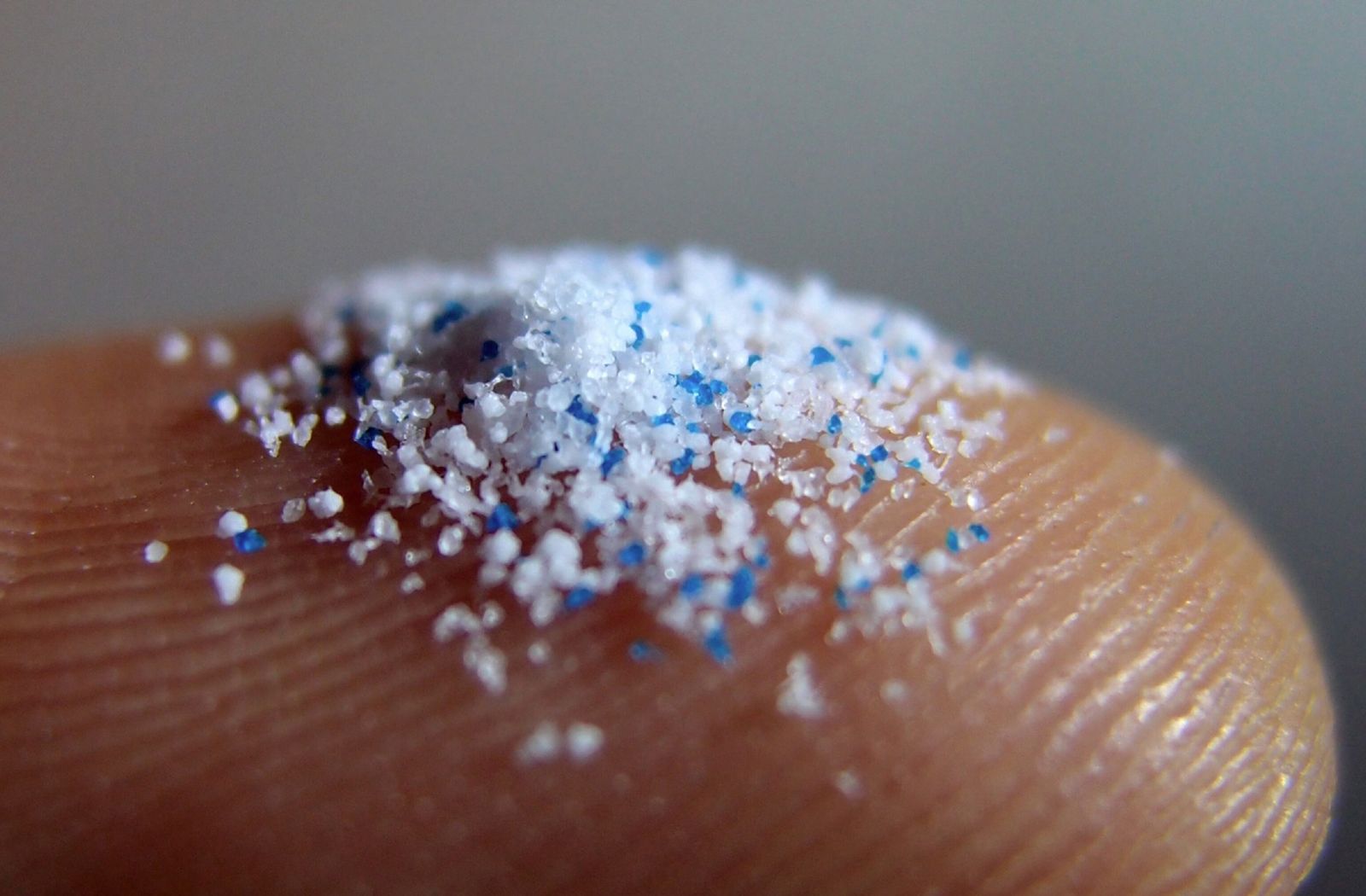Plastic pollution in the Paraná River reaches alarming levels. According to specialists, this material represents 70% of the present agents are microplastics.
It is an emerging problem that goes beyond this river and generates consequences for human health, as well as affecting ecosystems and animals.
Plastics in the Paraná River: an escalating problem
 The problem of microplastics in water.
The problem of microplastics in water.
Clara Mitchell, master’s in Environment and Sustainable Development, spoke about the results of a recent study on the presence of microplastics in the Paraná River.
“It is a phenomenon that began some years ago, if we think about it, 20 years ago we used half of the plastic we use today in our daily lives,” she warned in an interview with El Litoral.
In this regard, the specialist pointed to the production and consumption model as the main explanation for the research results being carried out on the Paraná River basin.
The research is being conducted by the Scientific, Technological, and Educational Center Acuario del Río Paraná and the Environmental Platform of the National University of Rosario.
“Studies indicate that, of the total pollution in the Paraná River, 70% corresponds to plastics, and the majority of waste comes from the food industry. 95% of this volume corresponds to disposable items,” she pointed out. This has been the trend since 2016.
Faced with these results, Mitchell conducted a specific study on microplastics, identified as plastic particles smaller than 5 millimeters in size, originated from the fragmentation of larger plastics or manufactured directly for industrial and domestic use.
They are not visible to the naked eye, and special devices are required to detect them.
“The results are conclusive: in the coasts of the city of Rosario, for every meter of sand, there are more than 18,500 microplastics,” she detailed.
“These figures correspond to a surface measurement, the first three centimeters of this soil,” she clarified. Poor waste management in urban areas and landfills in flood-prone areas are identified as the main sources of these figures.
Scientists warn of the invasion of microplastics in 1300 species
 The damage caused by microplastics.
The damage caused by microplastics.
The invasion of microplastics is not limited to the Paraná River. They are present in the sea, rivers, lakes, and even in the ice of the poles and the most remote soils on the planet.
At the top of this chain are the large predators, including humans, who have been consuming, drinking, and even breathing plastic particles for decades.
With a size of just a few microns, they are mistaken for plankton and ingested by various marine species. Their presence has been documented in over 1300 species of fish, birds, and mammals, even in humans.
Although there is no definitive evidence that they are related to the decrease in human sperm quality, there is a concerning temporal correlation.
Have you already visited our YouTube channel? Subscribe now!

